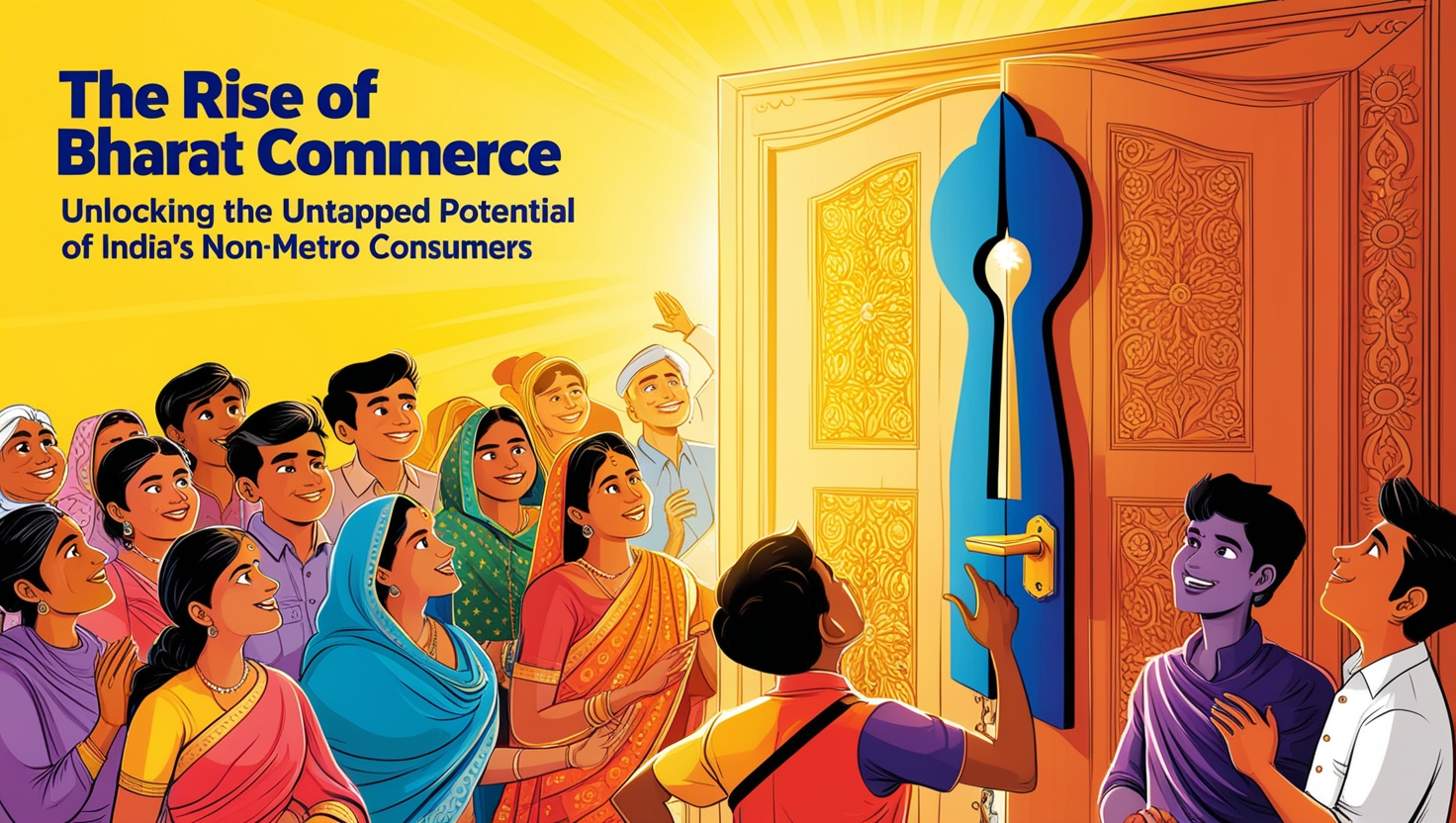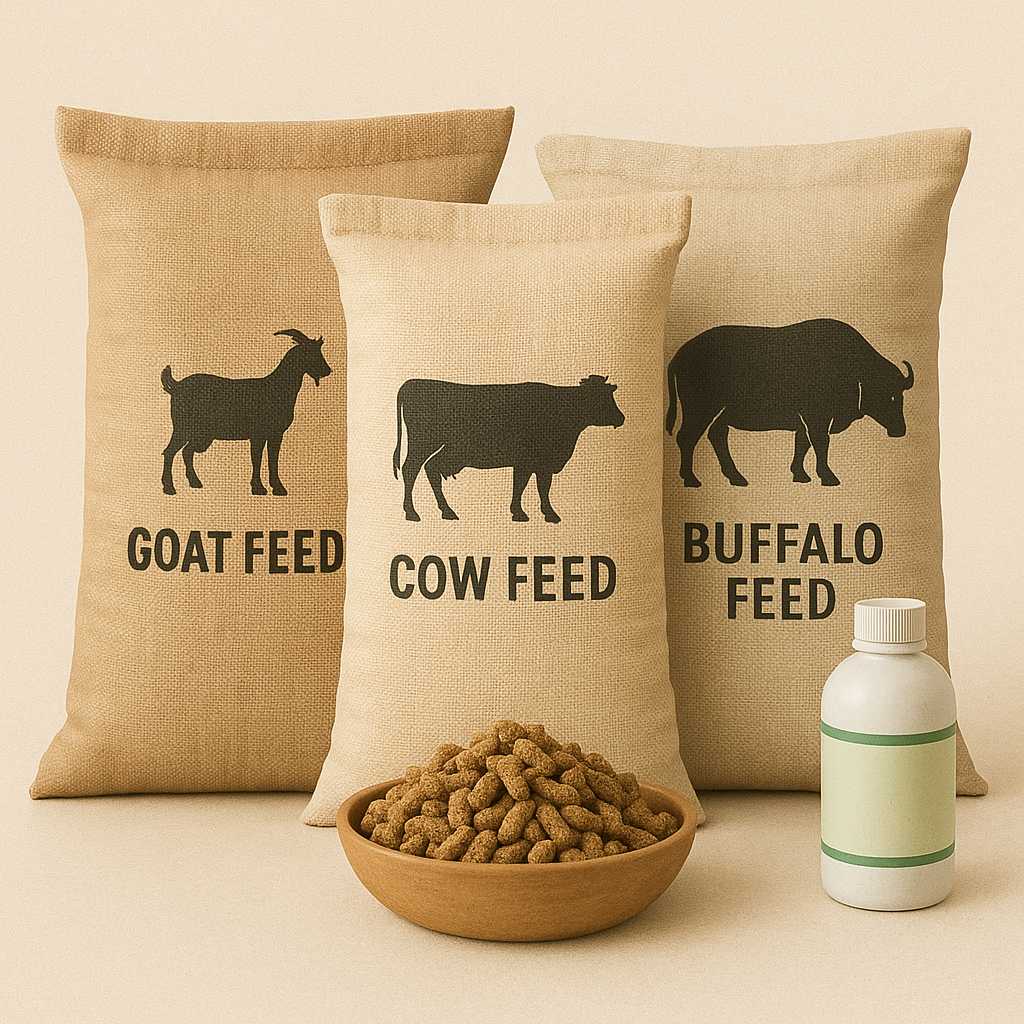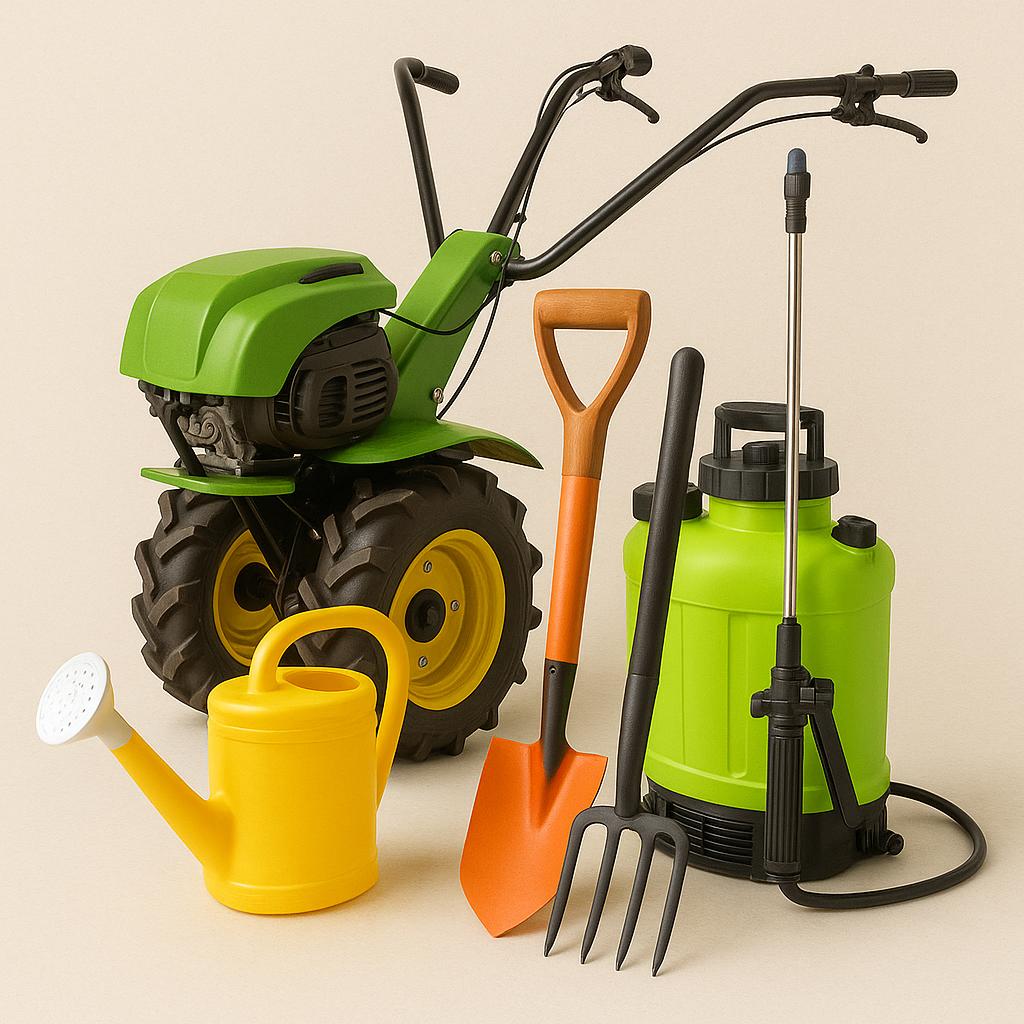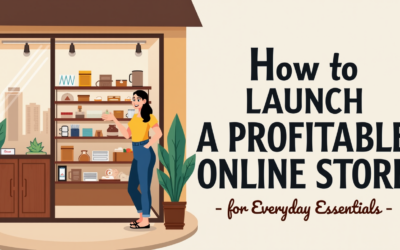
Introduction
Imagine walking through the bustling streets of metro cities like Delhi, Mumbai, or Bangalore, where ordering a pizza is as simple as snapping your fingers. In these tech-savvy urban centers, shopping online is second nature. However, the real, untapped potential for e-commerce isn’t in these metro cities at all. The true goldmine lies in the small towns and rural areas often referred to as “Bharat.” As someone who has experienced the challenges of scaling a business through e-commerce, I have realized that focusing on this vast and growing market can unlock limitless opportunities. In this article, we’ll explore how businesses can seize the tremendous prospects that “Bharat Commerce” has to offer.
1. Understanding the Bharat Consumer: A Growing Digital Force
India’s “Digital India” initiative has revolutionized non-metro cities and rural areas, bringing digital services and literacy to the masses. Coupled with the affordability of internet access and the widespread availability of smartphones, a digital revolution is unfolding outside the metros. As of 2024, more than 60% of India’s internet users reside in non-metro towns and rural regions. States like Uttar Pradesh, Bihar, and Madhya Pradesh, in particular, are witnessing a surge in e-commerce activity.
Actionable Tip: Identify your target audience’s preferences and tailor your approach. While urban consumers value convenience, rural consumers tend to prioritize loyalty and value for money. Offering localized website/app versions in Hindi, Tamil, and other regional languages should be a priority to make your brand more accessible to this market.
Local Reference: Meesho’s strong performance in Tier 2 and Tier 3 cities illustrates the potential of rural entrepreneurship in India. By partnering with small-town resellers, Meesho captured a significant share of the non-metro market.
2. Building Trust in a Trust-Deficient Market
City dwellers are accustomed to online payments and digital transactions, but this is still a new and uncertain practice in “Bharat.” Cash on Delivery (COD) has become a lifeline for e-commerce in rural India, with over 70% of rural consumers preferring this payment method.
Personal Experience: When expanding into smaller towns, I encountered frequent cart abandonment due to a lack of trust in online payments. Introducing COD was a game-changer—it alleviated concerns about losing money and built customer confidence.
Practical Tip: Ensure that COD is a payment option and highlight your return policy. Detailed product descriptions, customer reviews, and endorsements from influencers can further build trust in these markets.

3. Optimizing for Low-Bandwidth Regions
Internet connectivity in rural areas is often slower than in metro cities. A heavy website or app that takes too long to load can cause potential customers to abandon their purchase, resulting in lost sales.
Actionable Tip: Optimize your website for low-bandwidth regions by using lightweight designs, compressing images, and offering an offline mode for browsing. Google’s Lite version is an excellent example of such an approach.
Relevant Statistic: According to Statista, over 52% of rural internet users in India experience slow internet speeds, making it a significant barrier to completing online purchases.
4. Tapping Into Local Festivals and Cultural Events
Festivals and local celebrations play a significant role in “Bharat.” From Navratri in Gujarat to Baisakhi in Punjab, these events offer e-commerce businesses opportunities to connect with consumers by tapping into local traditions.
Personal Observation: We saw a notable increase in customer engagement when we launched festival-specific promotions during Pongal in Tamil Nadu and Onam in Kerala. Aligning our messaging with local cultural values led to positive results.
Actionable Tip: Design marketing campaigns that cater to regional tastes and capitalize on local festivals. For example, during Diwali, offer collections focused on home decor and traditional attire, which are popular among non-metro consumers.

5. Localized Customer Support: The Key to Retention
Customer expectations vary significantly in Bharat. Many consumers from non-metro areas prefer to speak directly with a customer service representative before making a purchase. Language barriers also pose challenges, making localized support essential.
Practical Tip: Offer multilingual customer service, especially in languages spoken in Tier 2 and Tier 3 cities. A localized support team can address customer concerns, answer questions, and ensure satisfaction, ultimately fostering trust and brand loyalty.
Local Reference: Flipkart’s success in non-metro markets can be attributed, in part, to its bilingual customer service, which has resonated well with consumers outside the metros.
Current Trends: Hyperlocal E-Commerce and the Role of Social Commerce
Two trends are reshaping Bharat Commerce: hyperlocal e-commerce and social commerce. Hyperlocal logistics, like those offered by Dunzo and Swiggy, have extended their reach to rural areas, providing fast delivery from local stores. Social commerce, powered by apps like WhatsApp and Instagram, is also gaining traction in rural markets, where direct sales via social media are on the rise.
Practical Tip: To speed up response times and enhance the customer experience, integrate social commerce into your strategy. Utilize WhatsApp and Instagram to engage with customers and become part of their shopping journey, particularly during festivals and local events.
Conclusion
India’s non-metro areas, or “Bharat,” are poised to be the next big growth frontier for e-commerce. If you’re ready to tap into this potential and grow your business, now is the time to act. Don’t let your business rely solely on traditional methods—visit buildmystore.io to start building an e-commerce platform tailored to India’s diverse consumer base, from metro cities to the heart of Bharat.













